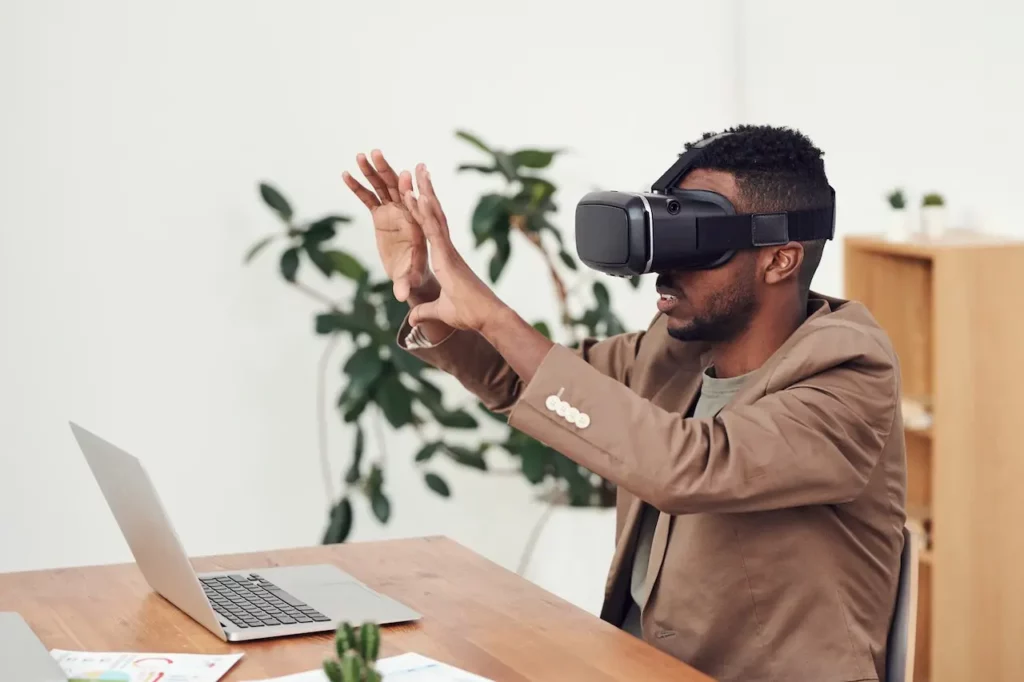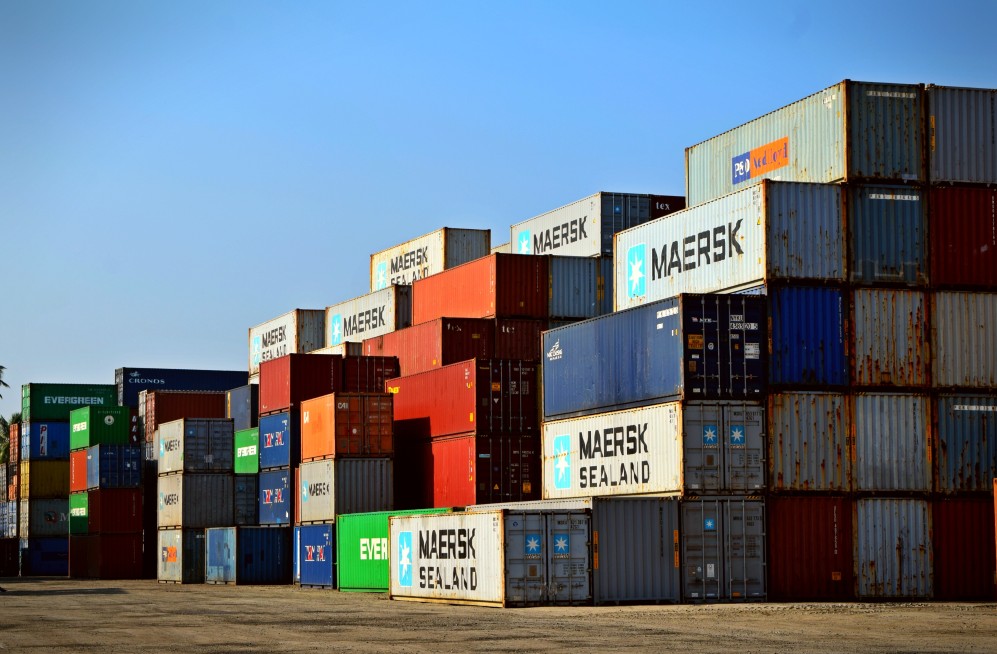The term “augmented reality” (AR) refers to a technology that merges the physical and digital worlds. Wearables, smartphones, tablets, and other computerized devices are used to directly visualize images, sounds, films, and graphics in the real environment. With these tools, the user may see the area clearly and get a sense of what can be done right now with greater effectiveness and dynamism.
The logistics industry demands accurate planning, as well as quick, dependable, and secure services. As a result, the implementation of AR in this sector streamlines all operations, updates the infrastructure, and offers much faster and more precise access to the required data. Additionally, there are other advantages, including decreased errors, streamlined procedures, and increased production.
The most intriguing and cutting-edge resources in this media are wearables, which are mobile electronics worn adjacent to the body, including watches, glasses, headsets, and other items. By donning AR glasses, the employee, for instance, can see the full stock arrangement in 3D and with all the information required at that precise moment. The employee will receive all instructions through the voice-activated headset while he completes his tasks.
We have RealWear Headsets, an example of this kind of technology, which boost productivity in logistical operations by fusing voice and augmented reality.
This technology can be used in crucial logistics processes like planning, warehouse operations, transportation, and delivery.
Read also: Everything You Need to Know About Warehouse Layout Design
Augmented Reality (AR) in Warehouse Operations
Everyone is aware that a well-organized approach to warehouse planning and administration is required to ensure that products and equipment are moved quickly and efficiently across the whole facility. In order for this to occur, it is required to make a number of adjustments as additional commodities enter or exit the facility so that the layout does not reduce the efficiency of internal operations. In these modifications, augmented reality is highly useful since it enables digital layout projection and change simulation, allowing for appropriate planning before the actual changes are made. This translates into more definitive and positive outcomes.
Picking
Picking is one of the most difficult and time-consuming tasks in in-stock operations, and it might be challenging to find a particular item in a big warehouse without disrupting the overall workflow. The use of augmented reality in this domain is promising and has been producing positive outcomes in businesses that have previously adopted it. The finest gadgets to utilize in this situation are headsets with augmented reality because the worker will be more productive and more comfortable while working with their hands-free. The glasses provide a 3D representation of the warehouse and pinpoint the precise position of the sought-after item. In addition to updating the Warehouse Management System (WMS), they have the ability to read bar codes on shelves and communicate enormous volumes of data to speed up the process of moving and positioning goods. That is, not only faster and less time-consuming but also significantly more effective than a conventional paper list.
Transport
The field of transportation is essential to logistics. Truck loading procedures can be made more efficient with augmented reality, and printed load lists and instructions can be substituted with 3D representations that provide real-time direction and planning for each commodity and pallet. This technique is more agile because all programming is done individually for each need, taking into account the weight, dimensions, and destination.
One possibility, for instance, is for the loader to learn where to locate the following pallet, where to place it in the truck, and best of all, in the delivery order. Additionally, the application will produce a more accurate estimate of available space in the vehicle because it includes weight and measurement information. Using a 3D view of routes, AR can also take the place of the driver’s guidance system, resulting in a more engaging experience. Communication between individuals in the warehouse and the truck driver is facilitated by the technology used in trucks, which makes it possible to remedy an issue right away.
Delivery
Another logistical operation that takes time and money is delivery; by utilizing augmented reality in this area, these problems can be reduced. Most of the time, couriers are searching for the item to be delivered; but, with the help of this technology, they will be able to see everything within their truck because of the device they use. As was already noted, the operation is made easier by loading the items in accordance with the delivery route. In addition, reading bar codes for accurate product identification will replace paper and pen for good. In order to increase security, it is also practical to scan the recipient of the package and perform facial recognition on them.
Voice technology on CD
The usage of voice technology is another digital innovation that is expanding alongside augmented reality in the logistics industry. As noted in the topic selection, activities are facilitated by the use of headsets, which are managed by a centralized management system, as workers have their hands free. In the businesses employing it for data collection, the processes are more agile and there has been a decline in errors. The voice command increases productivity while storing, inspecting, and packaging products as well as when dispatching trucks. Employees don’t need to read instructions when using the headset because they can hear them as they work. Another benefit of employing this technology is the simplicity of operator training, which is significantly quicker than with the conventional approach.
Unquestionably, technology has always been an ally in the world of logistics, and as we can see, augmented reality represents a significant advancement in this field. The advantages are enormous for businesses, employees, and clients. Without question, augmented reality (AR) represents a significant transformation for this industry, and businesses that use it today will benefit greatly from audience differentiation in the future.




